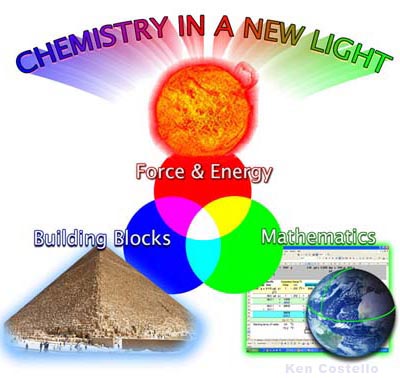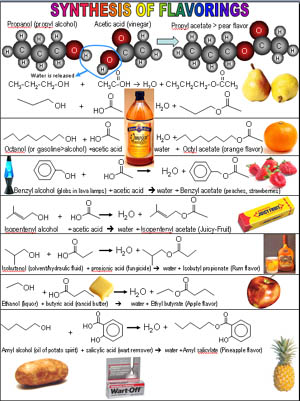|
General Chemistry
I
CHM-151
|
Homework,
Handouts,
Practice Tests, Take-Home tests
Spring
2006: Instructor: Ken Costello
Room PS2S: Tue/Thur 7:30-8:45am
|
|
|
As a teacher, I like to think that my presentations are
so good that you learn the topic right there in the classroom. However,
this isn't usually true. Most likely you gain an awareness of the topic
and, hopefully, I get you interested in the topic.
I also try to reinforce skills that will accelerate your
learning, such as viewing chemistry as building blocks, force & energy,
and mathematics.
I will also remind you to use learning skills and watch
out for the barriers to learning.
|
 |
 |
The real learning comes from going over the
material by yourself and making the knowledge your own. In other words,
you need to rework it in a way that it becomes your knowledge, not mine.
For example, I go over the early uses of chemistry in
class. You may start with what I've covered but then do some of your
own research to
find out more.
Another example could be my talk about the development
of the Periodic Table of the Elements. You may then go to the textbook
and/or Wikipedia and learn their view of the development of the
Periodic Table. You will also find out there are different types of
Periodic
Tables. This reinforces what I presented but also gives you more
depth and makes
it your knowledge. You can learn more about it than what I know.
I'm just a starting point for what you can learn. |
|
Homework
Problems and Handouts for Stoichiometry
|
 |
Homework: Page 99: Follow-up Problem
3.6
A dry-cleaning solvent has a molecular weight of
146.99 g/mole that contains C, H, and Cl. It is suspected to be a cancer-causing
agent. When a 0.250g sample was studied by combustion analysis, 0.451
g of CO2 and 0.0617 g of H2O formed. Find the molecular
formula.
|
|
Homework: Page 105: Follow-up Problem
3.7 (d) Write a balanced equation for this chemical statement.
Explosive decomposition of dynamite: liquid nitroglycerine
(C3H5N3O9) explodes to produce
a mixture of gases-carbon dioxide, water vapor, nitrogen, and oxygen.
|
 |
| Homework:
Page 126, Problem 3.23: Cisplatin
(Platinol) is a powerful drug used in the treatment of certain cancers.
Calculate (a) the moles of compound in 285.3 g of Cisplatin. (x) If platinum
is $47 per gram, what is the cost of platinum in this sample? |
| Handout: Download stoichiometry
equation examples for hydrogen peroxide and cyanogen.
(Excel spreadsheet)
(PDF) |
| Homework: Stoichiometry problems 3.61
(pg 128) and 3.85 (pg 129) Optional download (Excel
spreadsheet) (PDF) |
| Homework Practice Set: Stoichiometry across the Courses:
This sheet has problems that span from CHM130, CHM151, CHM151LL, CHM152,
& CHM325 (Analytical Chemistry). This set is on this
Web page. |
| Blood Test Units Conversion Homework: Convert
from Conventional Units to SI Units and reverse plus other chemistry
units of concentration. 18 conversion problems found on this
page. |
| Practice Test for In-class Exam on March 28th. The practice
test is in PowerPoint format (411 Kbyte). |
| Homework: Pick and Choose 15 assignments
from 25. The list
is on this page. |










